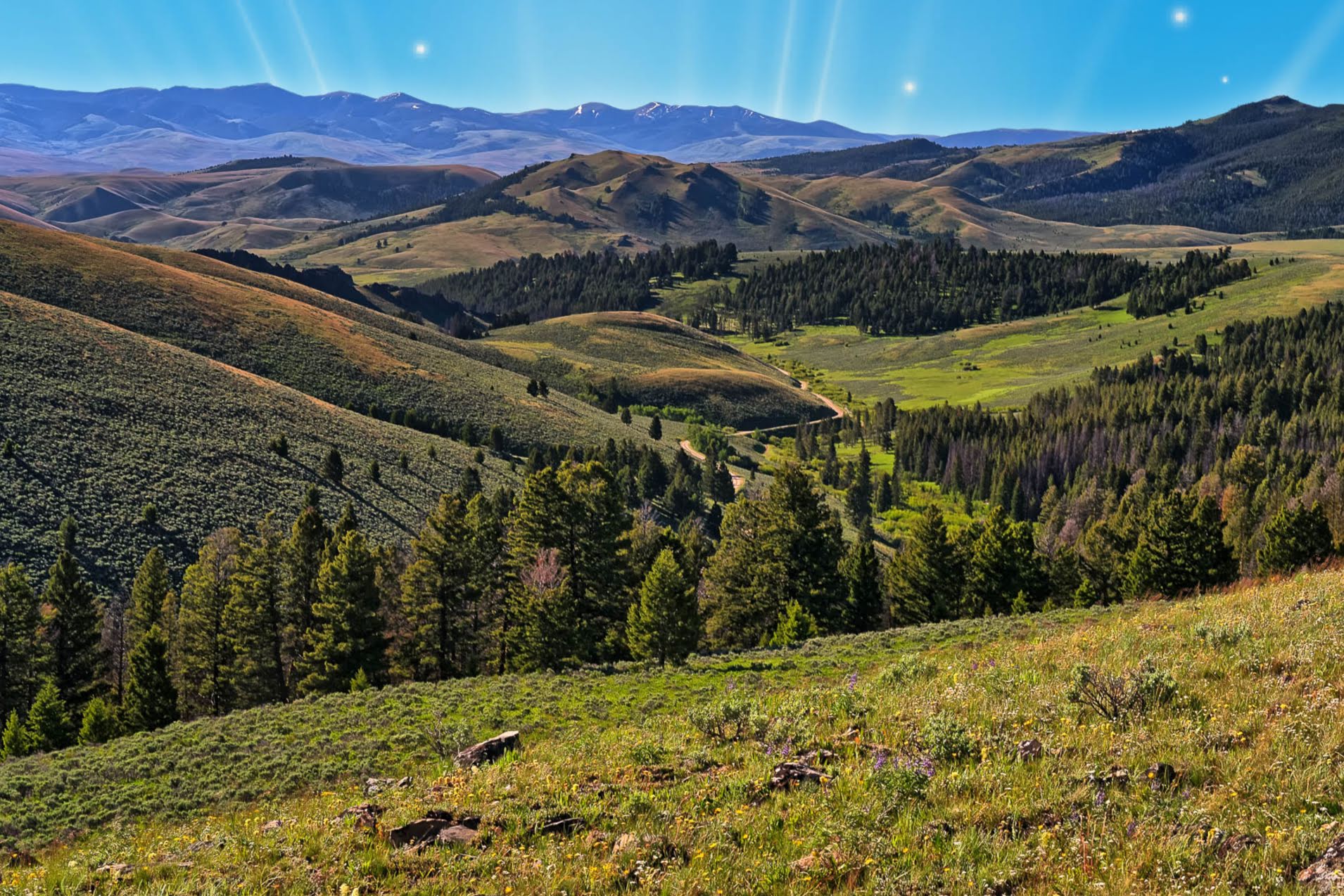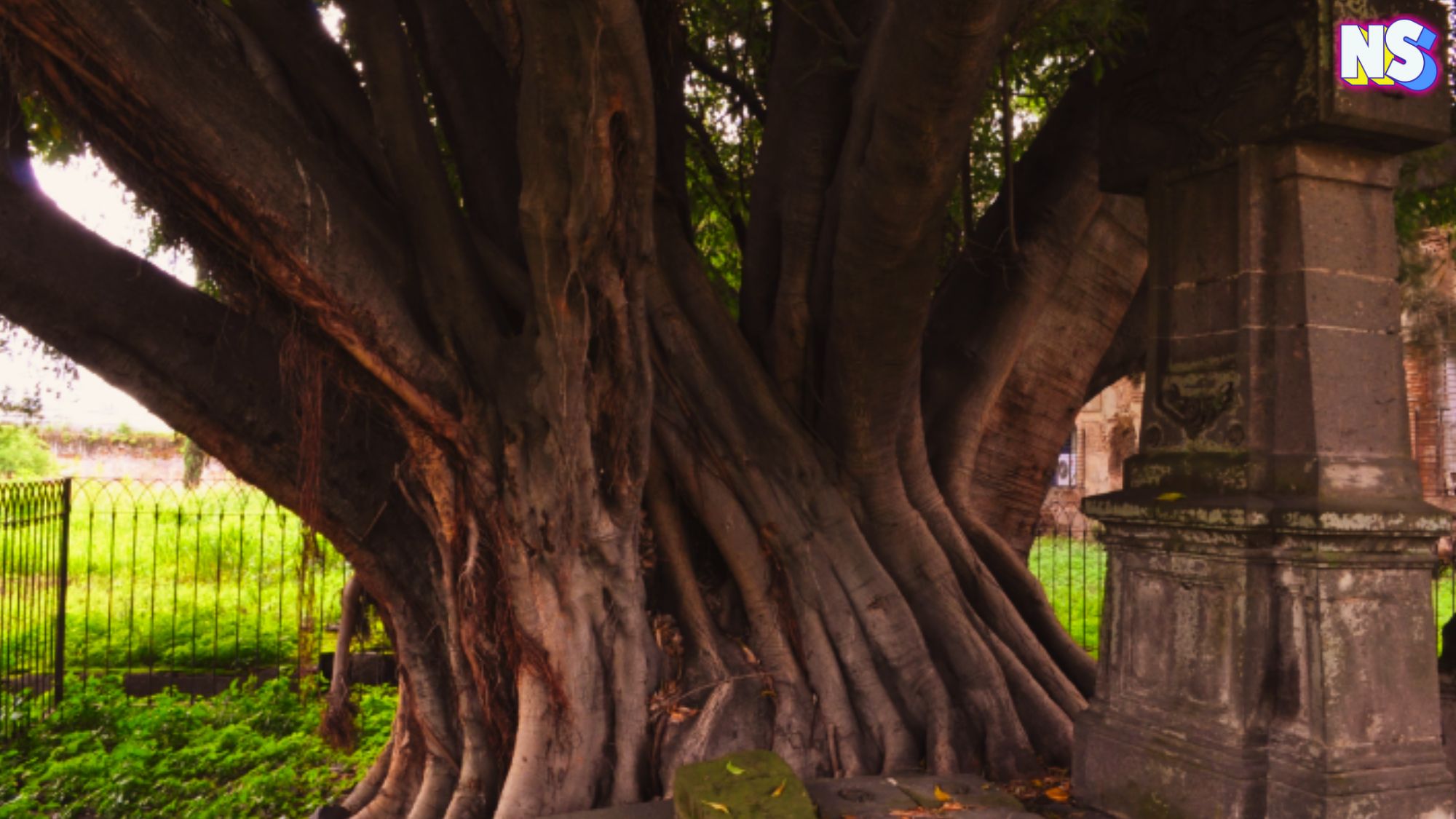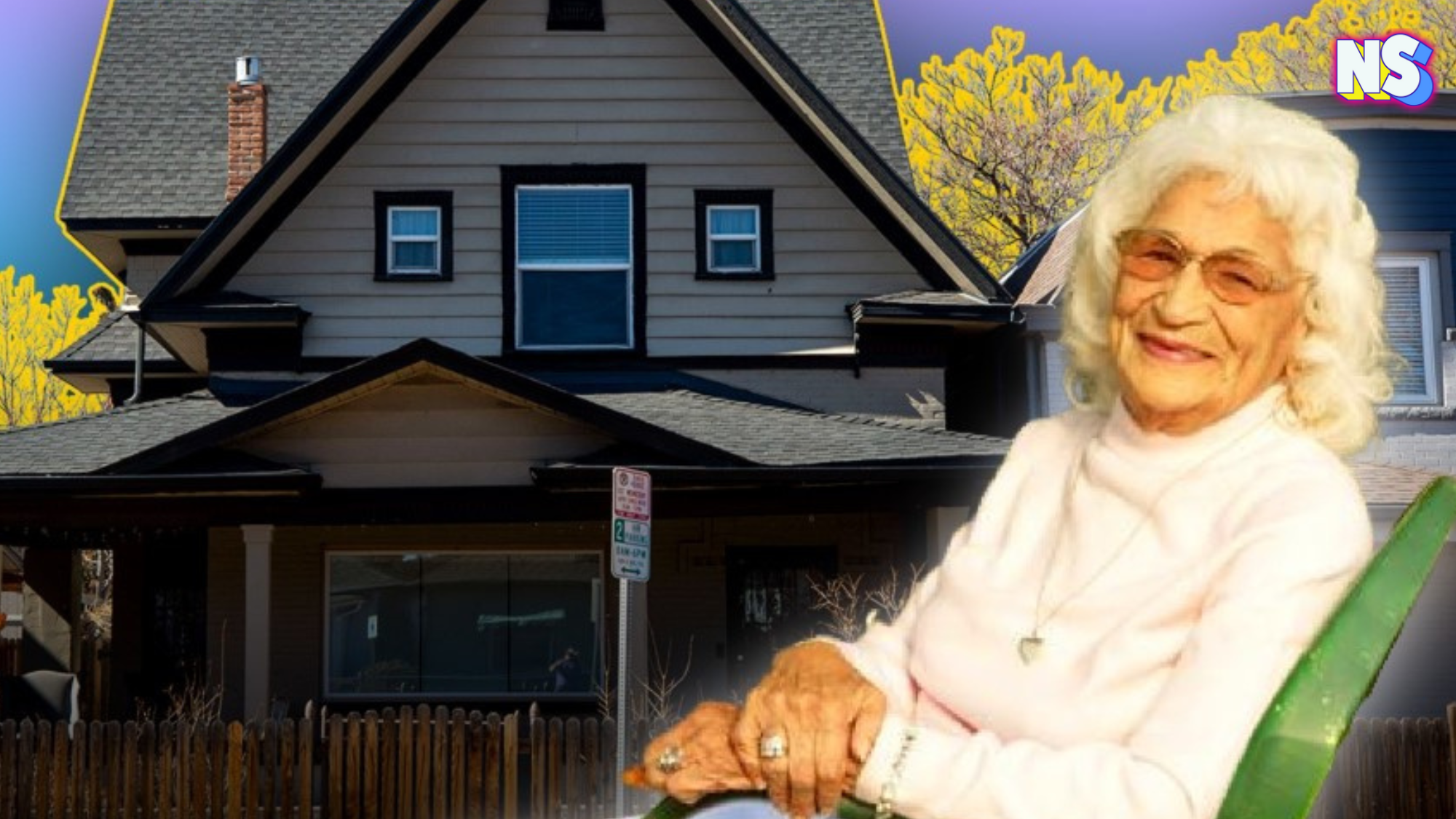Image courtesy of Nuestro Stories.
Probably no other area on the westbound route of the Lewis and Clark Expedition is associated with so many events crucial to its success as is Lemhi Pass and its vicinity.
The Lewis and Clark Expedition began when the Louisiana Territory was officially turned over to the United States, which was in the early part of 1804.
The purchase of the land had been negotiated with the French in 1803. Though the United States acquired the land as legally as one can for a group of people who weren’t Indigenous to the land in the first place, the purchase was not looked at favorably by everyone.
The Spanish, who still maintained a hold over a large part of the West and Southwest, were not convinced that the Americans would not entrench upon their land or, worse, attempt to take the land from them.
Despite Jefferson’s assurances that the expedition was mere to satisfy his scientific curiosity of what form of flora, fauna, and random mysteries the land held, the Spanish believed that the Americans would use the time to attempt to turn the Indigenous tribes against the Spanish.

The Spanish were right
The expedition technically began on August 31, 1803, when Lewis, Clark, and a crew of 11 men boarded a keelboat that had been specifically constructed for the journey. They set off down the Ohio River, and for the next year, the crew encountered a treacherous journey from state to state.
One where some members attempted to desert the party, where others died or went missing, and others wreaked havoc through the tribes as they went. Stealing, pillaging and generally taking things for their own.
For a time, it seemed they would not be able to continue. They were struggling through the terrain that they were completely unfamiliar with. When the crew encountered the Sioux tribe, they were able to negotiate with them (in whatever way that was, it is hard to say for sure) and hired tribe members to assist them with the next part of the journey. Including a 16-year-old pregnant girl by the name of Sacagewea.
A few months before Lewis and Clark met the Sioux, the Spanish began to worry.
Former Spanish governor of Louisiana, Sebastian Calvo de la Puerta y O’Farril, sent a letter to Nemesio Salcedo, the Commandant General of the Interior Provinces of Chihuahua, warning Salcedo of the expedition and imploring him to send out a party to intercept the Americans. Though they try, the Spanish are never able to catch up with them.
By the time the expedition reached Idaho, they had entered the next part of their journey. With the guidance of Sacagawea, who had already given birth to a son by then, they could navigate through the Continental Divide by Lemhi pass in Idaho. There they were able to purchase horses from the Shoshone, which was the goal the party felt they needed to attain to complete their mission.
Fun facts:
- The Lemhi Pass district has been found to host many lanthanide minerals and the richest deposit of thorium in the US.
- Sacagawea traveled with the expedition thousands of miles from North Dakota to the Pacific Ocean, helping to establish cultural contacts with Native American people and contributing to the expedition's knowledge of natural history in different regions.
Things to know before you go:
- There is a visitors center and a museum dedicated to the Lewis and Clark Expedition located near Lemhi Pass.
- Lemhi Pass is located in the Beaverhead mountains, which is a part of the Bitterroot Range of the Rocky Mountains.





